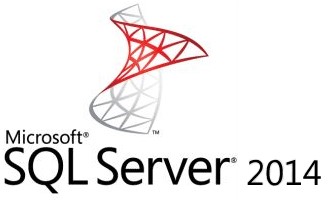Top User Concerns with SQL Server 2014 Upgrades

This week ScaleArc spoke at the SQL Server Users Group meeting of the Silicon Valley chapter. The topic? Simplifying the upgrade to SQL Server 2014.
The discussion was fantastic. The users asked a lot of great questions to better understand the key challenges of the upgrade. Some notes from our session:
About ¼ of the folks are still running SQL Server 2005. With Microsoft highlighting that SQL Server 2005 End of Support comes next April, a lot of these organizations are under pressure to upgrade. They appreciated the advice from Microsoft own IT project on tips for simplifying the upgrade.
Auto failover between data centers has to be handled carefully. ScaleArc noted that customers including Microsoft and Dell use ScaleArc’s database load balancing software to enable auto failover between data centers. One member noted that automatically failing over the database between locales can be risky, so we talked through the best practice of manually failing over the application but automating database failover so that the application can recover faster.
Integration with Systems Center or Orchestrator is essential. A few people highlighted that they rely on these tools for a wide range of management functionality and system process automation. The ScaleArc team noted that any processes they’ve built into those tools can be integrated with the ScaleArc software via the ScaleArc APIs.
Load balancing, replication monitoring, and cluster status reports are key gaps in SQL Server. A handful of folks in the room have already upgraded to SQL Server 2012, and one was running 2014 as well. They noted some shortcomings in AlwaysOn functionality – most notably, the fact that the Availability Group Listener will always pick the first read-only server on the list and send all reads to that server. ScaleArc’s customers have cited our automatic load balancing as a key complement to AlwaysOn, since our software enables them to disperse the traffic load evenly across their secondaries. The fact that the ScaleArc software also monitors replication lag to avoid sending stale data and monitors cluster status to route traffic away from downed servers also benefits SQL Server 2012 and 2014 deployments.
We really enjoy these working sessions at user group meetings, SQL Saturday events, and of course PASS. Microsoft has come a long way in building enterprise-class functionality into SQL Server – complementing those with ScaleArc’s enhancements make for unparalleled database availability and performance.
comments powered by Disqus
